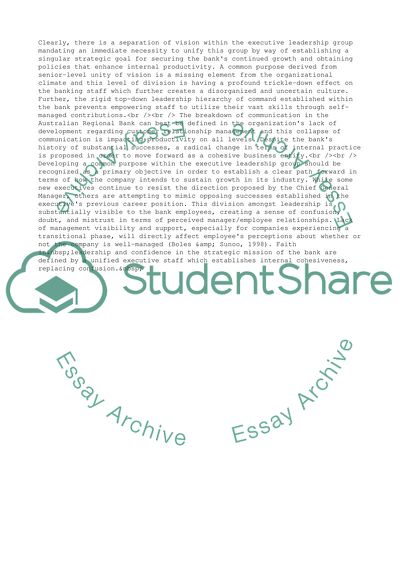Cite this document
(Australian Regional Bank Case Study Example | Topics and Well Written Essays - 2000 words, n.d.)
Australian Regional Bank Case Study Example | Topics and Well Written Essays - 2000 words. Retrieved from https://studentshare.org/management/1537958-managing-change
Australian Regional Bank Case Study Example | Topics and Well Written Essays - 2000 words. Retrieved from https://studentshare.org/management/1537958-managing-change
(Australian Regional Bank Case Study Example | Topics and Well Written Essays - 2000 Words)
Australian Regional Bank Case Study Example | Topics and Well Written Essays - 2000 Words. https://studentshare.org/management/1537958-managing-change.
Australian Regional Bank Case Study Example | Topics and Well Written Essays - 2000 Words. https://studentshare.org/management/1537958-managing-change.
“Australian Regional Bank Case Study Example | Topics and Well Written Essays - 2000 Words”. https://studentshare.org/management/1537958-managing-change.


